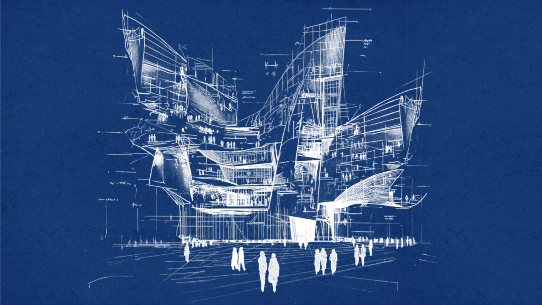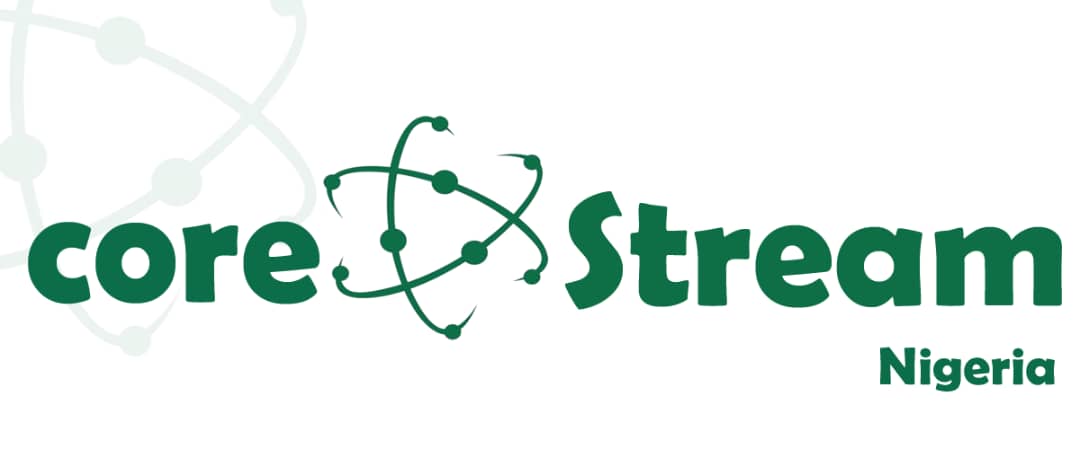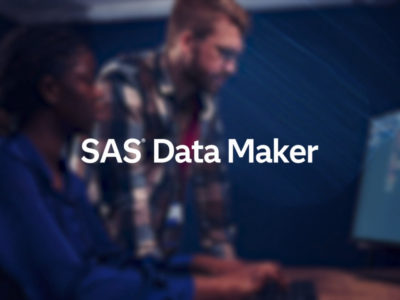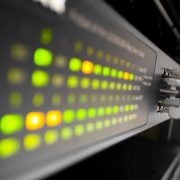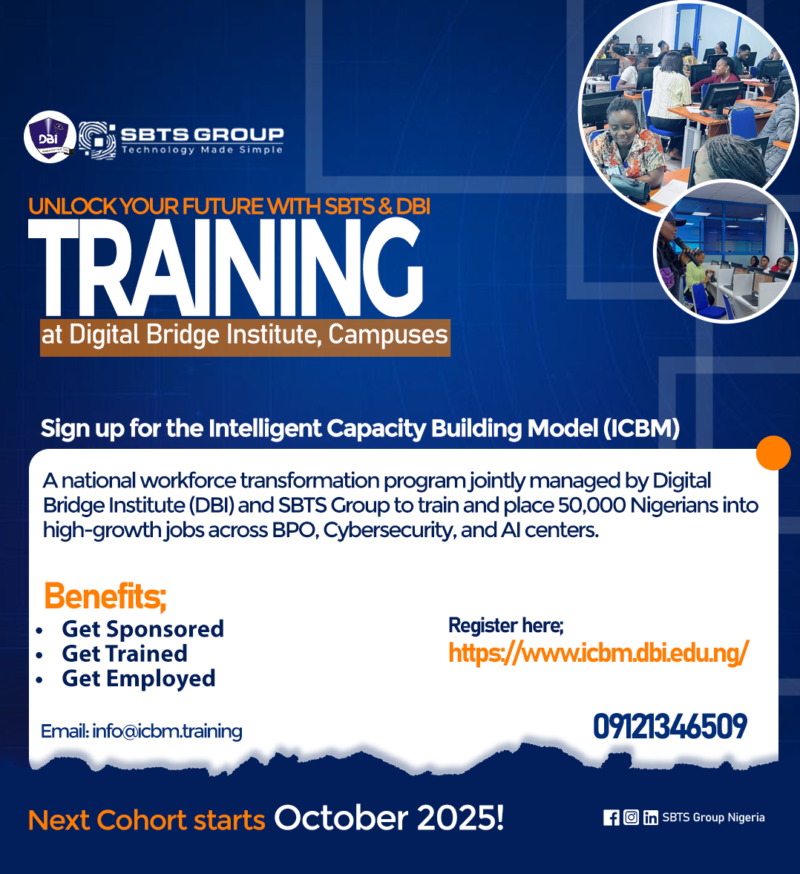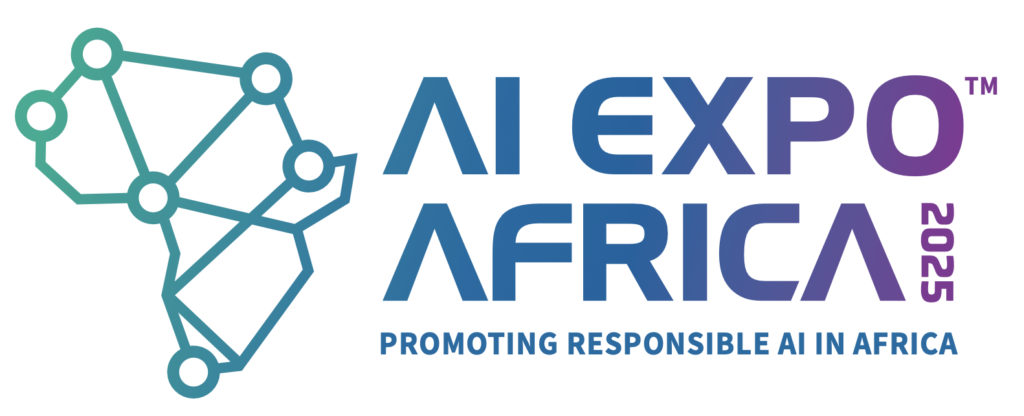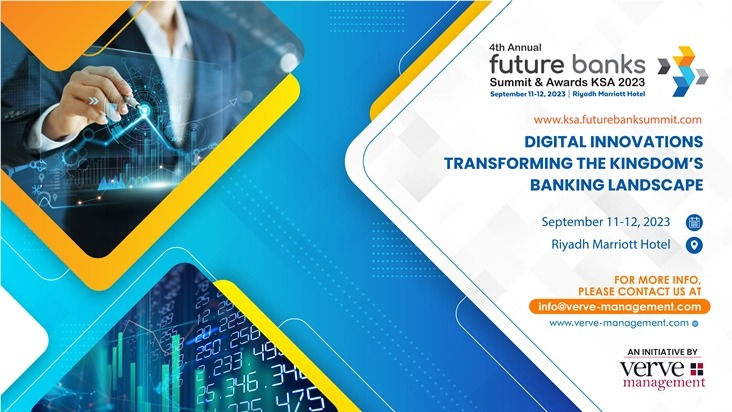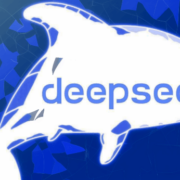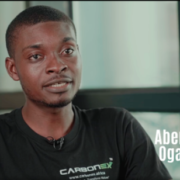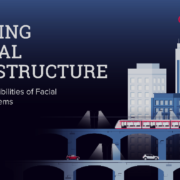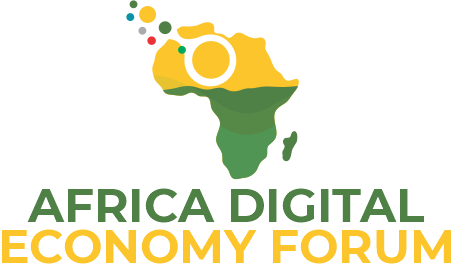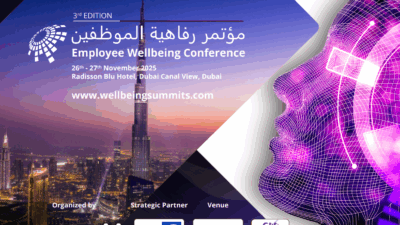Report reveals a new era of workforce dynamics.
The report underscores how intelligence on demand, hybrid human-agent teams, and evolving workplace structures are reshaping business operations and talent strategies.
As organizations worldwide navigate the next wave of workplace transformation, Microsoft’s fifth annual Work Trend Index (WTI) Report uncovers the emergence of a new kind of enterprise: the Frontier Firm. These businesses operate with intelligence on demand, leveraging hybrid human-agent teams to maximize efficiency and innovation.
RELATED: Freelance capitals of the world revealed: Top 10 countries for online work – where does Africa rank?
Conducted in partnership with LinkedIn, the report, titled “2025: The Year the Frontier Firm Is Born“, examines insights from 31,000 professionals across 31 countries, alongside LinkedIn Economic Graph data and trillions of aggregated signals from e-mails, meetings, and chats within Microsoft 365.
The report found that AI has fundamentally altered the equation of workforce capacity. Intelligence is no longer restricted by headcount or expertise, and is now abundant, affordable, and scalable. As economic pressures mount, organizations must harness AI’s potential to bridge the widening capacity gap between business demands and human limitations.
Digital labor enhancing workforce capabilities
Business leaders are increasingly turning to digital labor to enhance workforce capabilities, with 82% expecting to leverage AI-driven solutions within the next 12 to 18 months.
Meanwhile, 53% of leaders say productivity must improve, yet 80% of employees and executives report lacking the time and energy to meet rising expectations. Workplace interruptions also remain a critical issue, as employees face disruptions ranging from e-mails and meetings to chats, making it harder to focus and deliver meaningful output.

Zubin Chagpar
The report also noted that businesses are shifting from traditional hierarchical structures to more dynamic, outcome-driven work charts, where human-agent teams collaborate fluidly to achieve results at scale. This trend is evident as 46% of leaders indicate their organizations are fully automating workflows with AI agents, particularly in customer service, marketing, and product development.
Finding optimal balance between automation and human oversight
As human-agent teams become the norm, organizations must determine the optimal balance between automation and human oversight. Leaders are beginning to assess their human-agent ratio, asking critical questions about when AI outperforms traditional methods, when customers prefer human interaction, and when decision-making requires accountability and human judgment.
Lastly, this year’s edition of the report spotlighted how more professionals are embracing AI agents as part of their roles, shifting towards a model where employees become agent bosses – individuals who build, delegate to, and manage AI tools to enhance productivity. Leaders anticipate that within five years, teams will be regularly training and managing AI agents as part of their responsibilities.
Gap in AI adoption remains
However, a gap in AI adoption remains, as 67% of leaders report familiarity with AI agents, compared to only 40% of employees. Furthermore, 79% of leaders believe AI will accelerate their careers, yet only 67% of employees share that optimism, highlighting an urgent need for AI education and upskilling.
Zubin Chagpar, Senior Director and Business Group Leader for Modern Work & Surface Devices at Microsoft CEMA, emphasized the shift underway, saying: “The findings of this year’s Work Trend Index make it clear that businesses must rethink how they harness AI to unlock their full potential.
“The rise of Frontier Firms demonstrates that leaders who strategically integrate AI-driven intelligence and empower human-agent teams will stay ahead in today’s competitive landscape.”
Click here to explore Microsoft’s fifth annual Work Trend Index Report

